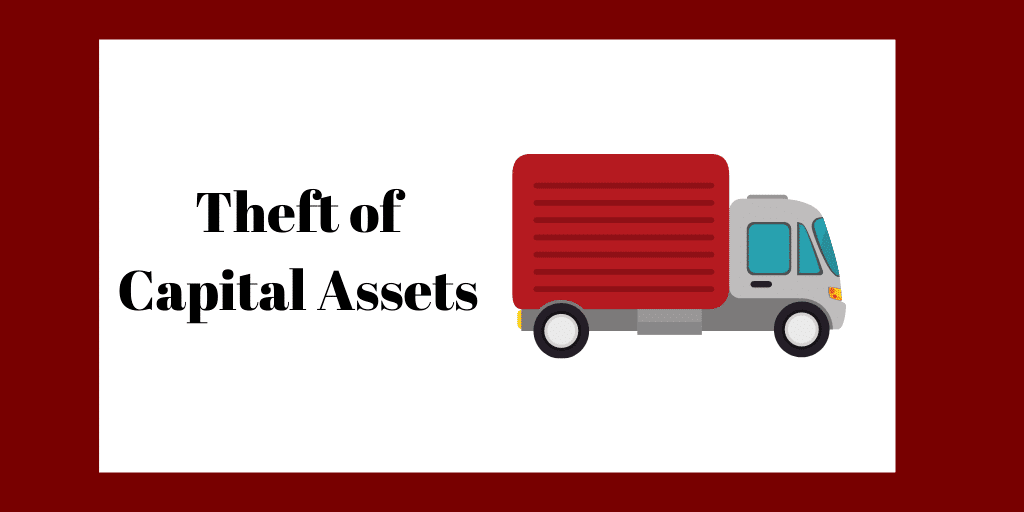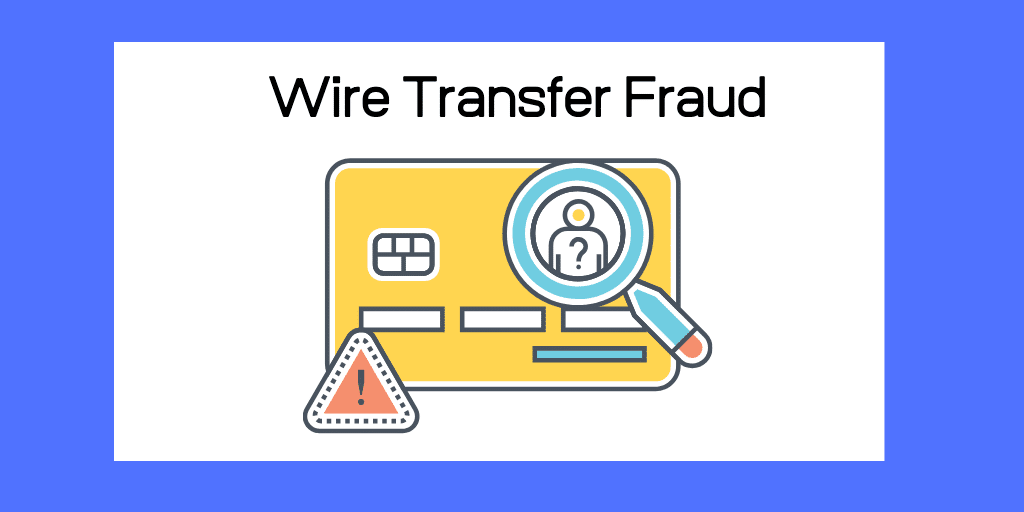
Theft of Capital Assets in Local Governments
By Charles Hall | Asset Misappropriation
Theft of Capital Assets
In businesses, nonprofits, and governments, the theft of capital assets happens often. Today I explain how these thefts occur and how you can prevent them.
A USA Today article began with, “Stolen and sensitive U.S. military equipment, including fighter jet parts wanted by Iran…have been available to the highest bidder on popular Internet sales sites.” The article went on to say that the equipment, “purchased with taxpayer money,” was available for purchase on eBay and Craigslist and included “components from F-14 fighter jets” and “used Nuclear Biological Chemical protective suit.”
Capital assets often go missing because no one is paying attention, and the thief knows it. Such assets can be stolen with the intent to sell and convert to cash or simply for personal use.
The thefts often occur when employees place equipment or other capital assets in their vehicles and drive home. If the employee wants to cover their tracks, they might complete accounting paperwork for disposal of assets (saying the equipment was junked). More often than not, however, the asset is just stolen because the employee knows that no one will notice, or, if someone does, he can say, “I don’t know what happened to that piece of equipment.”
Long-term employees realize that the external auditors seldom audit existing capital assets. Yes, the auditor will examine an invoice, but how many auditors physically inspect plant, property and equipment?
Capital Asset Control Weakness
The main enabling factor is usually a lack of accountability. Many companies, nonprofits, and small governments do not perform periodic fixed asset inventories. Often equipment is purchased and added to the depreciation schedule, but no one–at a later date–compares this master list of fixed assets to what is (or should be) physically present.
Correcting Capital Asset Control Weakness
Performing periodic inventories is the key to lessening the threat of capital asset theft.
First assign each capital asset to a person (usually a department head or a supervisor); let this person know that he or she is personally responsible for the item. Then have someone external to each department perform periodic inventories of departmental assets.
Also, install security cameras to record all activity.
See my article: Auditing Plant, Property, and Equipment.






